| Artist | Record | Label | |
| 1 | ALIA LAIN | is this the pulse of mechanical ruins | Self-Released |
| 2 | IO-NULL (.DRN) | µnerves [EP] | Self-Released |
| 3 | NAMISOUP | Fern [EP] | Pyramid Blood |
| 4 | DANIBREAKS | NXIETY [EP] | Self-Released |
| 5 | MARUMARI | Hidden Tracks And Rarities 2001-2005 | Carpark |
| 6 | ALIGHTED | Willow’s Apothecary [EP] | Wandering Astray |
| 7 | MARC MELIA | Pieces Monophoniques | VLEK |
| 8 | DREXGOD | self rehabilitation | Self-Released |
| 9 | WAVETAPPER | Stardust | SVPACYBERIA |
| 10 | NASANIERU | myfrequency [EP] | Self-Released |
Category: Blog
Underground Charts 7/29/25
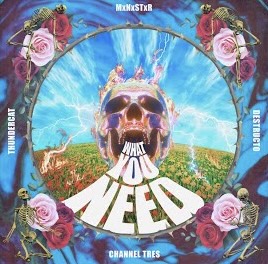
| Artist | Record | Label | |
| 1 | MXNXSTXR AND DESTRUCTO | “What You Need” feat. Thundercat & Channel Tres [Single] | All My Friends |
| 2 | AESOP ROCK | Black Hole Superette | Rhymesayers |
| 3 | AJ TRACEY | Don’t Die Before You’re Dead | Revenge |
| 4 | BAMBII | Infinity Club II [EP] | Because |
| 5 | BUTCHER BROWN | Letters From The Atlantic | Concord Jazz |
| 6 | CHEW | “Horseheads” feat. Day Tripper [Single] | CorpoRAT |
| 7 | DUCKWRTH | All American F*ckboy | Them Hellas |
| 8 | FLY ANAKIN | (The) Forever Dream | Lex |
| 9 | KOKOROKO | Tuff Times Never Last | Brownswood |
| 10 | LORD SKO | PIFF | Stimulated |
Jazz Charts 7/29/25
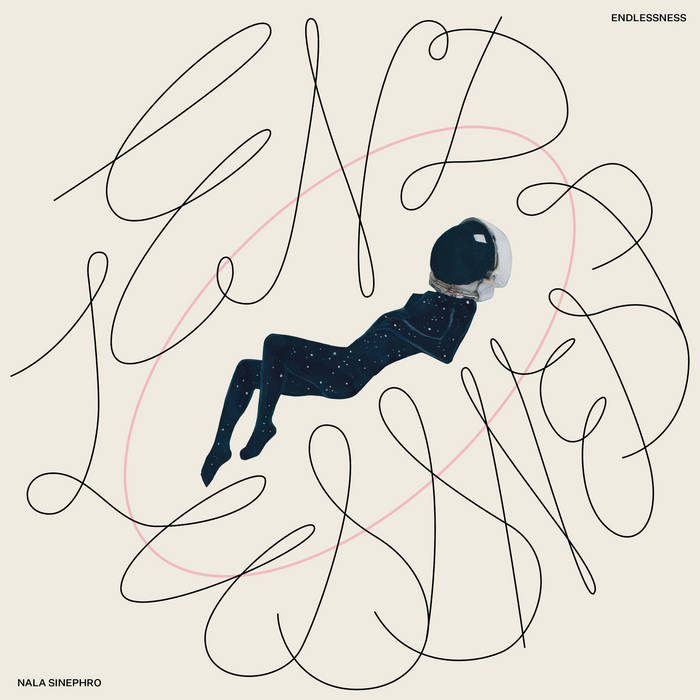
Jazz Charts
| Artist | Record | Label | |
| 1 | NALA SINEPHRO | Endlessness | Warp |
| 2 | HIROMI | OUT THERE | Telarc/Concord Jazz |
| 3 | VANISHA GOULD | She’s Not Shiny, She’s Not Smooth | Cellar |
| 4 | LAKECIA BENJAMIN | Mercy | Whirlwind |
| 5 | TOM GERSHWIN | “Let Be” [Single] | Self-Released |
| 6 | ROBERT GLASPER | Let Go | Concord |
| 7 | JOE ALTERMAN FEATURING HOUSTON PERSON | Brisket For Breakfast | Self-Released |
| 8 | DWAYNE CLEMONS | Center Of Gravity: Live At Smalls | Cellar |
| 9 | OJT | Ground Level | Jazz Daddy |
| 10 | ENTRE AMIGOS | Entre Amigos | Self-Released |
Jazz Adds
| Artist | Record | Label | |
| 1 | BRANDEE YOUNGER | Gadabout Season | Impulse |
Top Charts 7/29/25
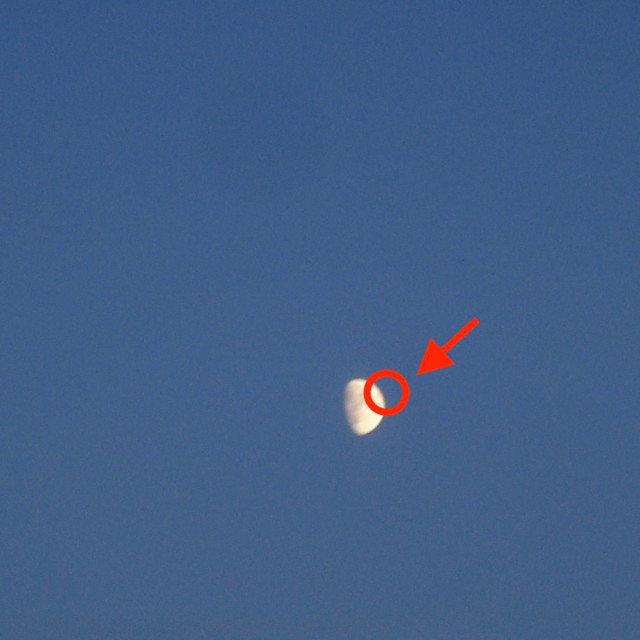
Top Charts
| Artist | Record | Label | |
| 1 | CLEOPATRICK | Fake Moon | Nowhere Special/Thirty Tigers |
| 2 | FIND MY FRIENDS | Find My Friends [EP] | Bloody Knuckles |
| 3 | FRANKIE COSMOS | Different Talking | Sub Pop |
| 4 | JADE THE MOON | “Dirty John Type” [Single] | Self-Released |
| 5 | PHOEBE RINGS | Aseurai | Carpark |
| 6 | STEREOLAB | Instant Holograms On Metal Film | Warp/Duophonic |
| 7 | APRIL MARCH | “Surfing Castafiore” [Single] | Bong Load |
| 8 | BUG CRUSH | Somehow I Go In Circles All The Time [EP] | Self-Released |
| 9 | DAUGHTER OF SWORDS | Alex | Psychic Hotline |
| 10 | DISCUS | To Relate To | Sun-Rom |
| 11 | FEEBLE LITTLE HORSE | “This Is Real” [Single] | Saddle Creek |
| 12 | FENNEC | Nice Work Volume. 3 [EP] | Self-Released |
| 13 | FOXWARREN | 2 (Two) | Anti- |
| 14 | JADE BIRD | Who Wants To Talk About Love? | Glassnote |
| 15 | MAE MARTIN | I’m A TV | Casablanca/Republic |
| 16 | MAMALARKY | Hex Key | Epitaph |
| 17 | NOTION | “After The Break” [Single] | Self-Released |
| 18 | SAMANTHA CRAIN | Gumshoe | Real Kind |
| 19 | SBTRKT | “Turn Your Heart Around” [Single] | Save Yourself |
| 20 | SEA LEMON | Diving For A Prize | Luminelle |
| 21 | SUBSONIC EYE | Singapore Dreaming | Topshelf |
| 22 | SUNBATHE | Myself To You | Time Release |
| 23 | WATCHHOUSE | Rituals | Tiptoe Tiger |
| 24 | ALLA PRIMA | “Pass The Lighter” [Single] | Self-Released |
| 25 | BLOOD INCANTATION | Absolute Elsewhere | Century Media |
| 26 | CANUT DE BON | no esperan por nadie | Sello Cototo |
| 27 | CASINO HEARTS | A Walk In The Grass [EP] | Self-Released |
| 28 | CUTOUTS | Snakeskin | Self-Released |
| 29 | DJ PHYTON | i was put on this earth [EP] | Worldwide |
| 30 | ENTREZ VOUS | Antenna Legs Hear Everything | Self-Released |
Top Adds
| Artist | Record | Label | |
| 1 | HORSEPOWER | Horsepower [EP] | Rose Garden |
| 2 | SMUT | Tomorrow Comes Crashing | Bayonet |
| 3 | LIGHTHEADED | Thinking, Dreaming, Scheming! | Slumberland |
| 4 | GREET DEATH | Die In Love | Deathwish |
| 5 | ANIMAL COLLECTIVE | “Love On The Big Screen” [Single] | Domino |
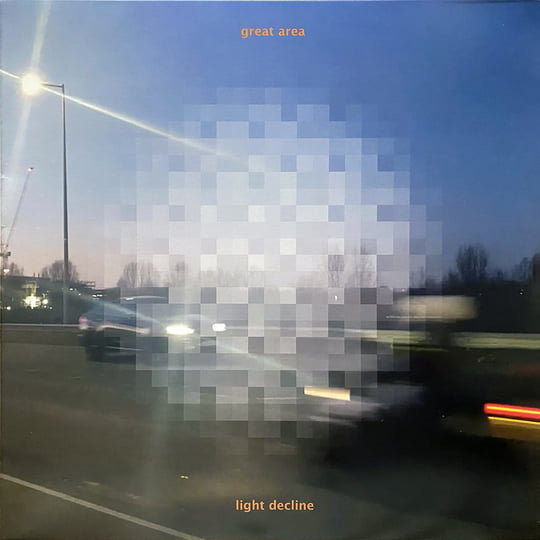
A mix of dreamy electropop and much headier trip-hop, “Light Decline” by Great Area (stylized as great area) is a short but powerful album. It is packed with unique sounds on every track that made this album’s short length feel deceptively longer. At the end of the 16 minute run time I found myself wanting more. Somehow though, this album didn’t feel incomplete. It felt as though it was exactly as long as it needed to be. Despite its diminutive runtime it is a complete thought, each song presents its own unique spin on the artist’s musical style.
The album opens with samples of robotic beeping, like a machine repeatedly starting up. After a few seconds of this, synths hum to life in the background and the singer cuts in, voice deep and hypnotic. While it is clear she is an excellent singer, her voice is almost completely monotone. Some of the singing on the album feels much more akin to chanting. Combined with electronic elements that create a world of dreamy nostalgia, the singer pulls the song in a more pessimistic direction, her voice forces you to pay attention.
Chainsaw Charts 7/22/25
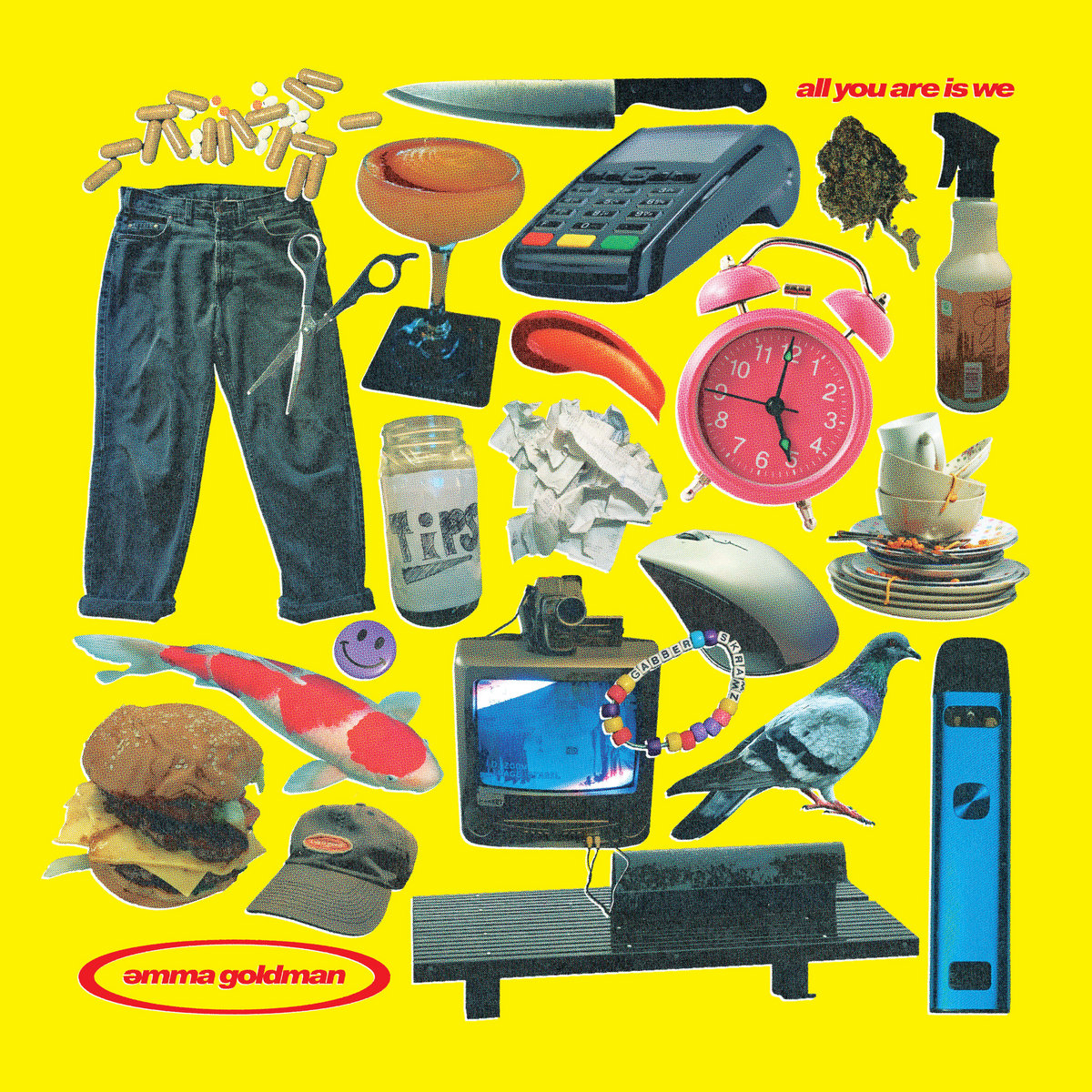
Chainsaw Charts
| Artist | Record | Label | |
| 1 | EMMA GOLDMAN | All You Are Is We | Zegema Beach |
| 2 | BLOOD ABSCISSION | I I | Debemur Motri |
| 3 | CONTENTION | Artillery From Heaven | Daze |
| 4 | DEADGUY | Near-Death Travel Services | Relapse |
| 5 | CALLOUS DAOBOYS, THE | I Don’t Want To See You In Heaven | MNRK Heavy |
| 6 | GAEREA | Coma | Season Of Mist |
| 7 | GOD COMPLEX | He Watches In Silence [EP] | SharpTone |
| 8 | HAVUKRUUNU | Tavastland | Svart |
| 9 | NILE | The Underworld Awaits Us All | Napalm |
| 10 | SATAN | Songs In Crimson | Metal Blade |
Chainsaw Adds
| Artist | Record | Label | |
| 1 | DEADGUY | Near-Death Travel Services | Relapse |
| 2 | VENATOR | Psychodrome | Dying Victims |
| 3 | HELL | Submersus | Self-Released |
| 4 | DRAWN AND QUARTERED | Lord of Two Horns | Nuclear Winter |
Afterhours Charts 7/22/25

| Artist | Record | Label | |
| 1 | ALIA LAIN | is this the pulse of mechanical ruins | Self-Released |
| 2 | IO-NULL (.DRN) | µnerves [EP] | Self-Released |
| 3 | NAMISOUP | Fern [EP] | Pyramid Blood |
| 4 | DANIBREAKS | NXIETY [EP] | Self-Released |
| 5 | MARUMARI | Hidden Tracks And Rarities 2001-2005 | Carpark |
| 6 | ALIGHTED | Willow’s Apothecary [EP] | Wandering Astray |
| 7 | MARC MELIA | Pieces Monophoniques | VLEK |
| 8 | DREXGOD | self rehabilitation | Self-Released |
| 9 | WAVETAPPER | Stardust | SVPACYBERIA |
| 10 | NASANIERU | myfrequency [EP] | Self-Released |
Underground Charts 7/22/25

| Artist | Record | Label | |
| 1 | MXNXSTXR AND DESTRUCTO | “What You Need” feat. Thundercat & Channel Tres [Single] | All My Friends |
| 2 | AESOP ROCK | Black Hole Superette | Rhymesayers |
| 3 | AJ TRACEY | Don’t Die Before You’re Dead | Revenge |
| 4 | BAMBII | Infinity Club II [EP] | Because |
| 5 | BUTCHER BROWN | Letters From The Atlantic | Concord Jazz |
| 6 | CHEW | “Horseheads” feat. Day Tripper [Single] | CorpoRAT |
| 7 | DUCKWRTH | All American F*ckboy | Them Hellas |
| 8 | FLY ANAKIN | (The) Forever Dream | Lex |
| 9 | KOKOROKO | Tuff Times Never Last | Brownswood |
| 10 | LORD SKO | PIFF | Stimulated |
Jazz Charts 7/22/25
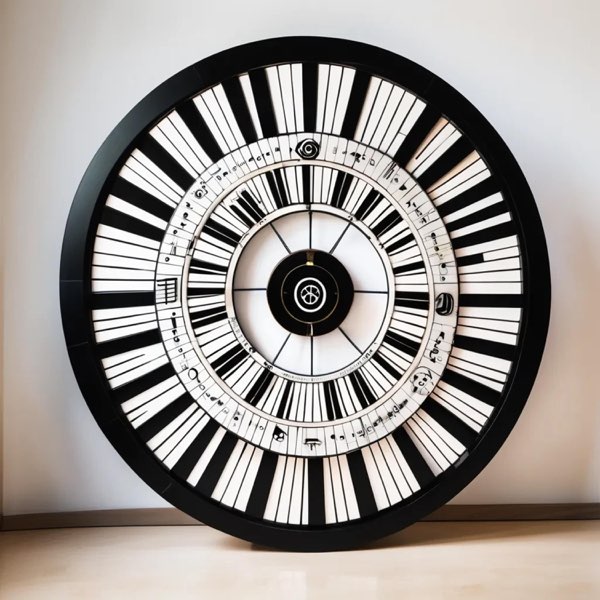
| Artist | Record | Label | |
| 1 | JOE ELEFANTE’S WHEEL OF DHARMA | Wheel Of Dharma | Self-Released |
| 2 | MILTON NASCIMENTO AND ESPERANZA SPALDING | Milton + Esperanza | Concord |
| 3 | BRANFORD MARSALIS QUARTET | Belonging | Blue Note |
| 4 | STEVEN FEIFKE | The Role Of The Rhythm Section, Volume II | La Reserve/Bandstand Presents |
| 5 | SULLIVAN FORTNER | Southern Nights | Artwork |
| 6 | JOSE LUIZ MARTINS | Odyssey Mixtape | Origin |
| 7 | MICHAEL WOLFF | Memoir | Sunnyside |
| 8 | TAKUYA KURODA | Everyday | PPK |
| 9 | JAMES ZITO | Zito’s Jump | Self-Released |
| 10 | ZACC HARRIS | Chasing Shadows | Shifting Paradigms |
Top Charts 7/22/25
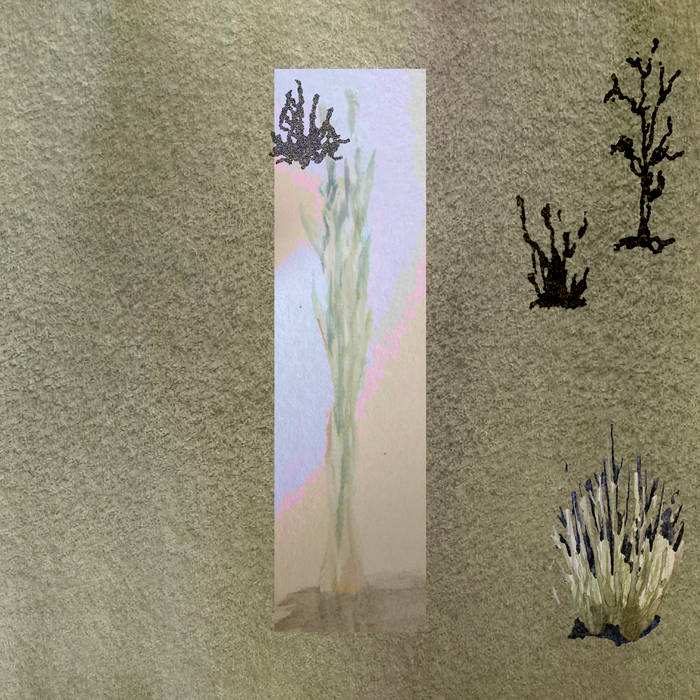
Top Charts
| Artist | Record | Label | |
| 1 | CASINO HEARTS | A Walk In The Grass [EP] | Self-Released |
| 2 | DISCUS | To Relate To | Sun-Rom |
| 3 | FLORRY | Sounds Like | Dear Life |
| 4 | JAPANESE BREAKFAST | For Melancholy Brunettes (& sad women) | Dead Oceans |
| 5 | SAMANTHA CRAIN | Gumshoe | Real Kind |
| 6 | APRIL MARCH | “Surfing Castafiore” [Single] | Bong Load |
| 7 | BUG CRUSH | Somehow I Go In Circles All The Time [EP] | Self-Released |
| 8 | CLEOPATRICK | Fake Moon | Nowhere Special/Thirty Tigers |
| 9 | DAUGHTER OF SWORDS | Alex | Psychic Hotline |
| 10 | DOUBLE WISH | Deeper Ecstasy [EP] | Hit The North |
| 11 | FOXWARREN | 2 (Two) | Anti- |
| 12 | GRAHAM HUNT | Timeless World Forever | Run For Cover |
| 13 | JADE THE MOON | “Dirty John Type” [Single] | Self-Released |
| 14 | MAE MARTIN | I’m A TV | Casablanca/Republic |
| 15 | MAMALARKY | Hex Key | Epitaph |
| 16 | PHOEBE RINGS | Aseurai | Carpark |
| 17 | STEREOLAB | Instant Holograms On Metal Film | Warp/Duophonic |
| 18 | SUBSONIC EYE | Singapore Dreaming | Topshelf |
| 19 | ALCANTARA | “Gaslight” [Single] | Death |
| 20 | ALLIE KENNY | “Soft Crash” [Single] | Self-Released |
| 21 | ARCY DRIVE | The Pit | AWAL |
| 22 | AZZECCA | “Who’s That Girl?” [Single] | DGTL |
| 23 | CULTS | To The Ghosts | Cults/Imperial |
| 24 | ENTREZ VOUS | Antenna Legs Hear Everything | Self-Released |
| 25 | FEEBLE LITTLE HORSE | “This Is Real” [Single] | Saddle Creek |
| 26 | FENNEC | Nice Work Volume. 3 [EP] | Self-Released |
| 27 | FIND MY FRIENDS | Find My Friends [EP] | Bloody Knuckles |
| 28 | FRANKIE COSMOS | Different Talking | Sub Pop |
| 29 | GLACIAL TOMB | Lightless Expanse | Prosthetic |
| 30 | JADE BIRD | “Dreams” [Single] | Glassnote |
Top Adds
| Artist | Record | Label | |
| 1 | HORSEPOWER | Horsepower [EP] | Rose Garden |
| 2 | SMUT | Tomorrow Comes Crashing | Bayonet |
| 3 | LIGHTHEADED | Thinking, Dreaming, Scheming! | Slumberland |
| 4 | GREET DEATH | Die In Love | Deathwish |
| 5 | ANIMAL COLLECTIVE | “Love On The Big Screen” [Single] | Domino |
